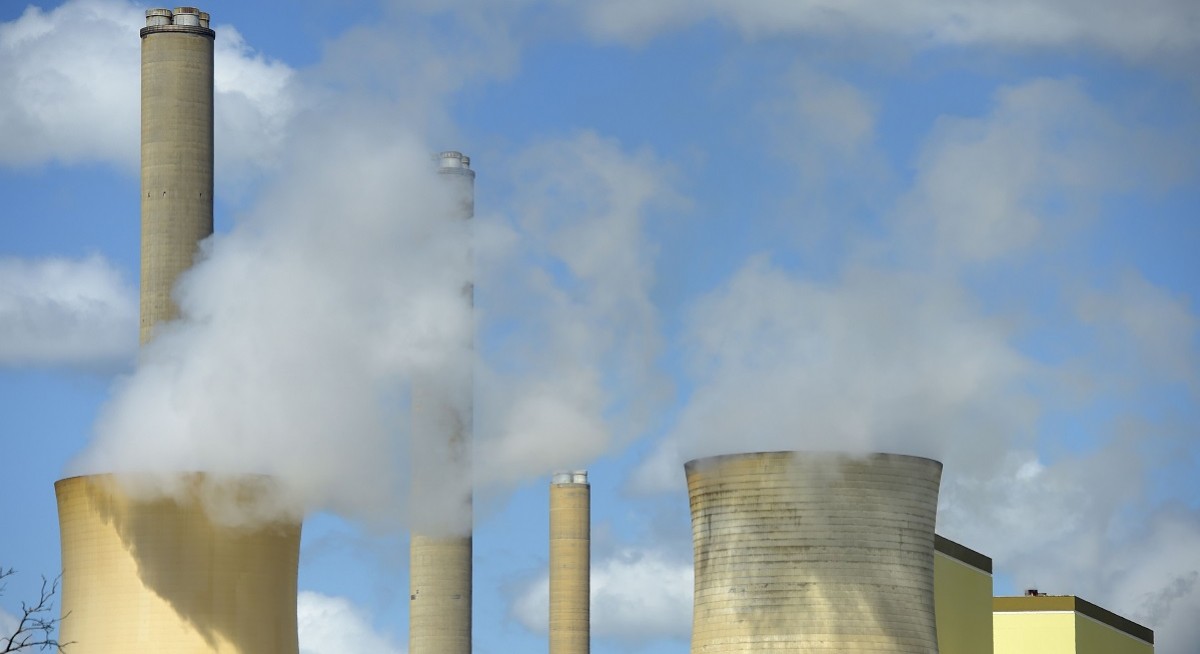The major opportunities ahead will come from this transition, as “brown” companies invest and pivot to become “green”. This will bring “transition alpha” as investors will increasingly choose the companies that are adapting, showing resilience and are making plans well into the future.
This transition will not be straightforward; balance sheets may have to expand and capital spending increase unevenly as companies pivot. However, it is an enormous opportunity, as demand for ESG-aligned services, assets and infrastructure is only going to grow from here on in. Currently, Asia will only meet UN Sustainable Development Goals by 2065 but that is too far out, so much more needs to be done. Strategies that are in line with the UN goals are no longer going to be seen as an added cost but will become a driver of returns.
Energy and healthcare
The biggest challenges and also the major opportunities in Asia right now are around energy transition and ensuring people can access fundamental services. One is crucial access to basic healthcare as well as innovative treatments for illnesses such as cancer, heart disease and diabetes, which are increasingly plaguing the region. There are opportunities here to invest in providing and growing these services.
See also: With no net-zero target, Far East Orchard focuses on cutting Scope 1, 2 emissions
Providing access to clean energy also offers investment opportunities. Ever-improving technology, policy and capital are all helping the region but Asia’s energy transition will require trillions of dollars of investment across power, transport and industry, offering a myriad of opportunities for investors to invest. Without Asia taking a lead, there is no energy transition because Asia is where emissions output is high and growing as the economies grow. On the positive side, Asia is also home to the solutions; home to innovations in technology, solar, wind and power storage.
Incremental spending needs in lowand lower-middle-income Asian countries may amount to at least US$1.4 trillion ($1.92 trillion) per year to meet the Sustainable Development Goals. Currently, this is way off from being achieved. The pandemic has not only been a setback but has also highlighted the importance of access to basic healthcare and basic insurance so people can withstand economic shocks and the importance of clean air given pm2.5 co-morbidity, which is a travesty.
The world is facing multi-decade challenges when we are better at thinking in four- to five-year cycles. More policy support and more capital, in the trillion of dollars, will be required. The size of the challenge is enormous but so too is the opportunity. There is an urgent demand for solutions now. We also need to turn our attention to supply chains and ensure there is an end to modern slavery and to bring attention to broader human rights issues.
See also: Deadly storms, US$3 bil in losses test Vietnam’s climate defences
Companies must plan and disclose
In all areas of sustainability and responsibility, companies must ensure their practices and processes are up to standard. They need to show environmental management targets, energy transition plans and solid governance. They must ensure that their disclosure and communications match. So many Asian companies fall behind on disclosure – not just the data, but also the narrative around that data – that they are going unnoticed by capital markets.
China, in particular, is facing headwinds at the moment but for long-term investors who can see through the volatility, there are attractive opportunities. The country is making significant progress on ESG issues. There is progress both on the ground and around disclosure and Chinese companies are global leaders in the technology that will address global problems.
Currently, we have so many challenges in addition to climate change and environmental threats. There is market volatility, supply-chain risk, ongoing global lockdowns, the Russia-Ukraine war and now a new monkeypox virus. But this only reiterates the case for investing in companies that emphasise long-term resilience, are adaptable and able to withstand change.
Parts of Asia are island and archipelago nations that are particularly at threat from rising sea levels, so climate change is a risk companies must focus on now by adapting and modelling for the future. Capital flows will increasingly discriminate between “green” and “brown” companies. The market will pay more for the companies that are preparing to be future winners.
David Smith is abrdn’s senior investment director, Asian equities




